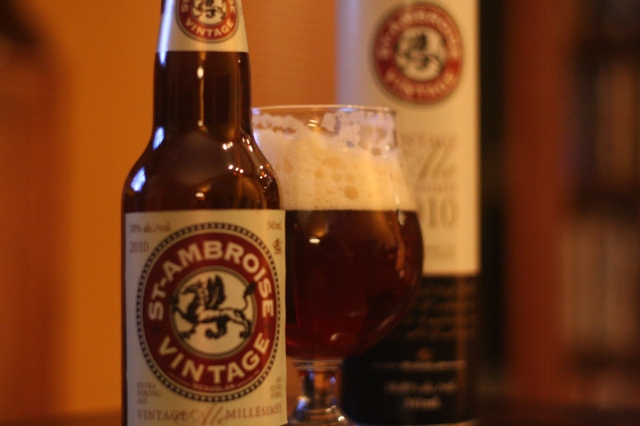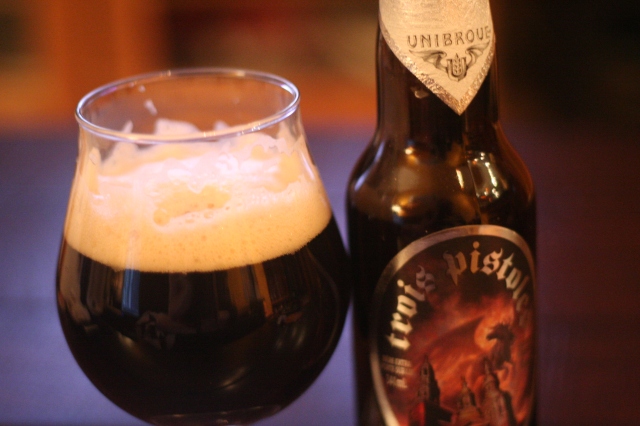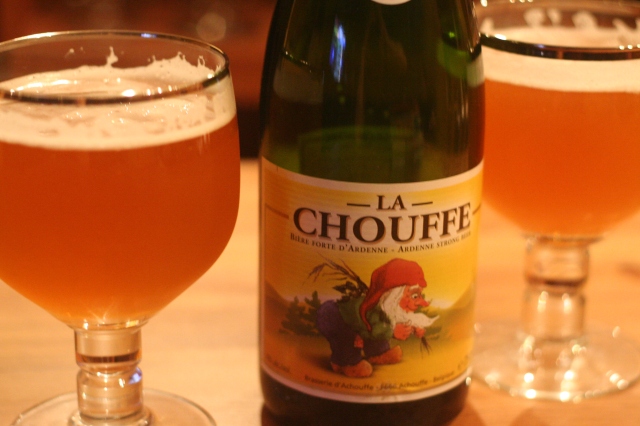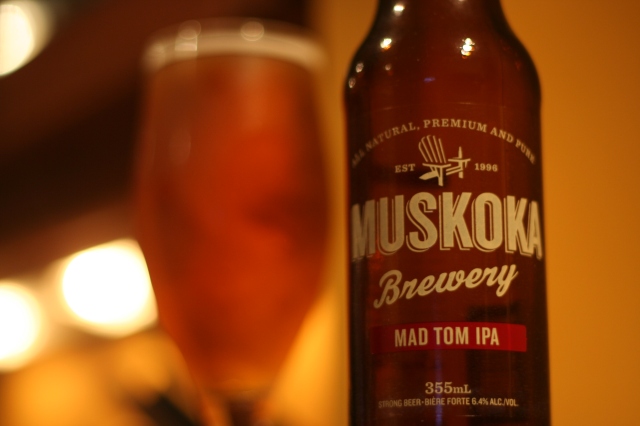 Hello! It’s been quite a while since I’ve made time to write a new entry here, but as usual there has been no shortage of new beers that I’ve enjoyed in that time. I was finally inspired enough to sit down for a moment to write down my thoughts on Muskoka Mad Tom IPA. The inspiration comes from the fact that Muskoka Mad Tom is the very first (to my knowledge) proper American West Coast IPA to be brewed, AND bottled, AND sold as a regular offering at The Beer Store and LCBO by a local Ontario brewery. Quite simply, the only regularly available homegrown American IPA in Ontario. And it is probably my favorite beer style overall 🙂
Hello! It’s been quite a while since I’ve made time to write a new entry here, but as usual there has been no shortage of new beers that I’ve enjoyed in that time. I was finally inspired enough to sit down for a moment to write down my thoughts on Muskoka Mad Tom IPA. The inspiration comes from the fact that Muskoka Mad Tom is the very first (to my knowledge) proper American West Coast IPA to be brewed, AND bottled, AND sold as a regular offering at The Beer Store and LCBO by a local Ontario brewery. Quite simply, the only regularly available homegrown American IPA in Ontario. And it is probably my favorite beer style overall 🙂
There have been many one-off kegs and casks, and sometimes bottles of American IPAs and the like available around Toronto for some time now (good ones too), but no brewery (except for Flying Monkeys, more on that later), for the lack of a better term, has had the balls to add it to their regular lineup of beers. Muskoka to the rescue.
NOTE: Flying Monkeys brewery is currently in the process of releasing their version of an American IPA called Smashbomb Atomic IPA. It has been delayed due to Social Responsibility rejecting the name and artwork. Read more here: http://service.lcbo.com/app/answers/detail/a_id/909/~/flying-monkeys-smashbomb-atomic-ipa-beer-in-lcbo-stores%3F and here: http://cnews.canoe.ca/CNEWS/WeirdNews/2011/04/04/17866866.html and everywhere else. The good news is that it’s coming, eventually.
I have previously written about American IPAs when I reviewed Double Simcoe IPA over here: https://brewbelly.wordpress.com/2011/02/07/double-simcoe-ipa-weyerbacher/ so I won’t go into great detail here about what the style consists of. I’ll just say that it’s a hop forward beer that focuses on showcasing american hop varieties, but also contains a solid malt backbone.
Muskoka Mad Tom IPA
Mad Tom IPA pours a clear light copper with a decent couple inches of head. The head eventually recedes to a thin film that laces very well. Mad Tom is dry-hopped with Chinook and Centennial hops and the proof is in the aroma. The aroma is very fresh and packed with citrus, pine and some sweet malts. It isn’t quite as potent as some of it’s American counterparts that I’ve tried, but it’s still excellent and very inviting.
After enjoying the aroma, but noticing it was possibly a little on the subtler side of the style, I assumed the flavor might be similar. Wrong. The flavor is where this beer really shines. This is seriously a proper American IPA. The flavor is a fantastic punch of grapefruit and pine, with a solid malt backbone and nice lingering bitterness. Awesome. I’m going to be buying a lot more of this for the foreseeable future.
The carbonation is solid and just right for me, and the mouthfeel has a nice silky, hop resiny feel. Also awesome.
Needless to say I’m a very big fan of Muskoka Mad Tom IPA. I’m still going to buy my share of Southern Tier IPA while supplies last at the LCBO, as it’s the best American IPA available in Ontario currently. But I’m also going to keep the fridge stocked with Mad Tom IPA, as I really want to support Ontario breweries that are branching out and brewing this style, and to show them that there is a market for this style of beer here. I really think it’s just a matter of time until American IPAs are a much more popular style here in Ontario.
Well done Muskoka! I’m going to make a point of visiting the brewery this summer on the way to the cottage. Muskoka is quickly becoming my favorite Ontario brewery. Adding Mad Tom to the new special releases (Summer Weiss and Harvest Ale) and the already solid Lager and Cream Ale…. great stuff. Thanks!
Score: A-
Mad Tom is currently available at select Beer Store and LCBO locations. Get out there and give it a shot!
– Jesse The Belly

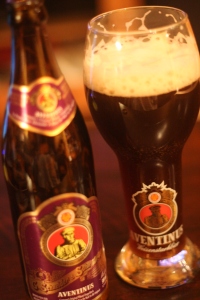
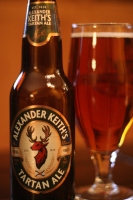
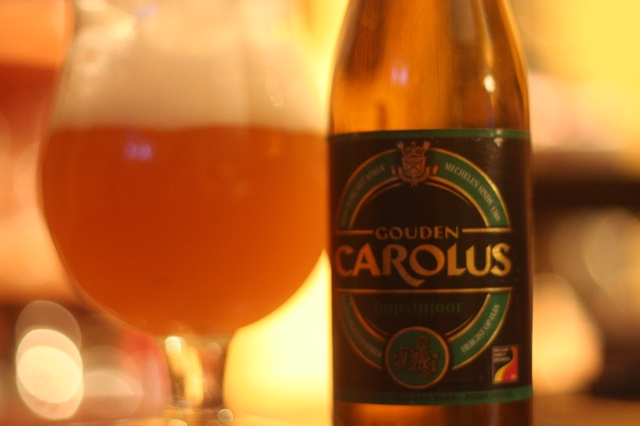
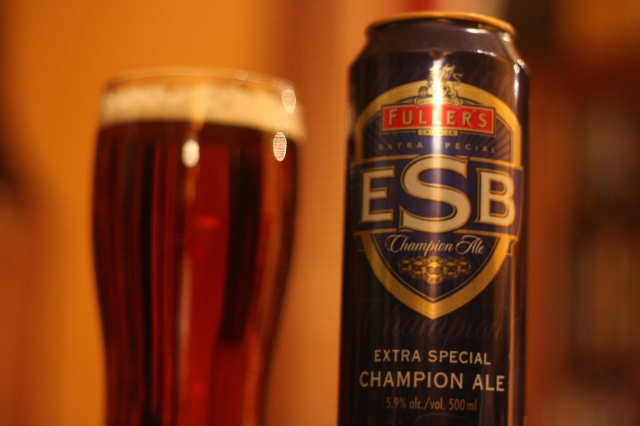 Keeping with the theme of widely available beers, last night I grabbed another
Keeping with the theme of widely available beers, last night I grabbed another